Anthony F. Bogaert - Understanding Asexuality
Here you can read online Anthony F. Bogaert - Understanding Asexuality full text of the book (entire story) in english for free. Download pdf and epub, get meaning, cover and reviews about this ebook. year: 2015, publisher: Rowman & Littlefield, genre: Romance novel. Description of the work, (preface) as well as reviews are available. Best literature library LitArk.com created for fans of good reading and offers a wide selection of genres:
Romance novel
Science fiction
Adventure
Detective
Science
History
Home and family
Prose
Art
Politics
Computer
Non-fiction
Religion
Business
Children
Humor
Choose a favorite category and find really read worthwhile books. Enjoy immersion in the world of imagination, feel the emotions of the characters or learn something new for yourself, make an fascinating discovery.
- Book:Understanding Asexuality
- Author:
- Publisher:Rowman & Littlefield
- Genre:
- Year:2015
- Rating:5 / 5
- Favourites:Add to favourites
- Your mark:
Understanding Asexuality: summary, description and annotation
We offer to read an annotation, description, summary or preface (depends on what the author of the book "Understanding Asexuality" wrote himself). If you haven't found the necessary information about the book — write in the comments, we will try to find it.
Asexuality can be defined as an enduring lack of sexual attraction. Thus, asexual individuals do not find (and perhaps never have) others sexually appealing. Some consider asexuality as a fourth category of sexual orientation, distinct from heterosexuality, homosexuality, or bisexuality. However, there is also recent evidence that the label asexual may be used in a broader way than merely as a lack of sexual attraction. People who say they have sexual attraction to others, but indicate little or no desire for sexual activity are also self-identifying as asexual. Distinct from celibacy, which refers to sexual abstinence by choice where sexual attraction and desire may still be present, asexuality is experienced by those having a lack or sexual attraction or a lack of sexual desire. More and more, those who identify as asexual are coming out, joining up, and forging a common identity. The time is right for a better understanding of this sexual orientation, written by an expert in the field who has conducted studies on asexuality and who has provided important contributions to understanding asexuality. This timely resource will be one of the first books written on the topic for general readers, and the first to look at the historical, biological, and social aspects of asexuality. It includes first-hand accounts throughout from people who identify as asexual. The study of asexuality, as it contrasts soclearly withsexuality,also holds up a lens and reveals clues to the mystery of sexuality.
ReviewBogaert (psychology, Brock Univ.) is known for his research on birth order and sexual orientation. Here, he examines another aspect of his researchasexuality. Bogaert sets out to carefully define and describe asexuality using a four-part approach to help categorize the processes of sexuality: A (attraction and arousal), B (behavior), C (cognition), and D (desire). Bogaert describes asexuality as a sexual orientation that is perhaps statistically as prevalent as homosexuality. Other chapters discuss asexuality in regard to masturbation (why would an asexual person masturbate?), gender (is asexuality more prevalent among females?), sexual identity (how is asexual identity different than homosexuality?), the madness of sex (how do asexuals view sexuality?), and more. VERDICT Bogaert successfully introduces asexuality as another sexual orientation that demands further research. He likewise demonstrates the importance of asexuality not only in its own right as an understudied subject but also in how it contrasts with other sexual orientations. (His chapter on art and food, showing how sex permeates human culture, is a good example of this.) Recommended for readers interested in human sexuality. (Library Journal )
Essential reading for anyone who wants to explore how asexuality is transforming our understanding of sex. (David Jay, founder of Asexual Visibility and Education Network (AVEN) )
Despite an adaptationist flavor, Understanding Asexuality is a thoughtful, nuanced, and even paradigm-changing book. (Maurine Neiman, Ph.D., assistant professor, Department of Biology, University of Iowa )
About the AuthorAnthony Bogaert, Ph.D. isprofessor of community health sciences and psychology at Brock University. He has published numerous peer-reviewed journal articles, along with book chapters, on such topics as asexuality, sexual desire, sexual orientation, birth order and sexual identity, and other related topics.
Anthony F. Bogaert: author's other books
Who wrote Understanding Asexuality? Find out the surname, the name of the author of the book and a list of all author's works by series.

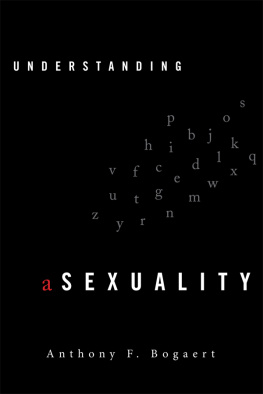
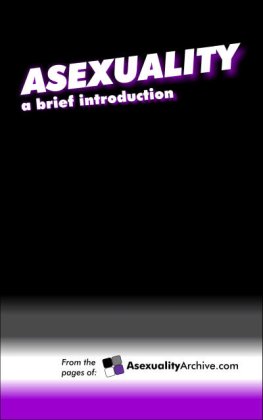
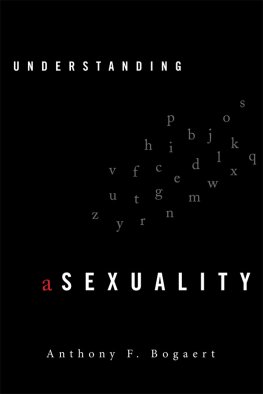


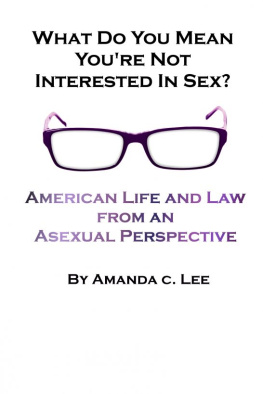
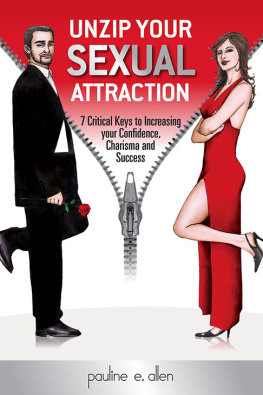
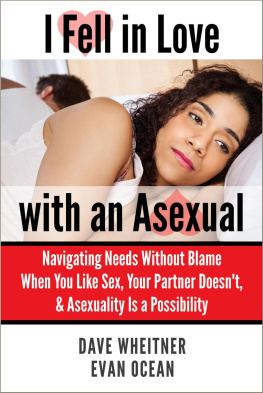


 The paper used in this publication meets the minimum requirements of American National Standard for Information Sciences Permanence of Paper for Printed Library Materials, ANSI/NISO Z39.48-1992.
The paper used in this publication meets the minimum requirements of American National Standard for Information Sciences Permanence of Paper for Printed Library Materials, ANSI/NISO Z39.48-1992.